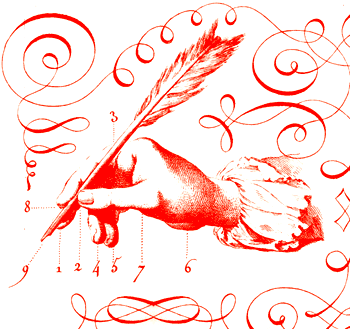The Tour de france. 22 Teams, each with 9 riders. Each rider gets a free helmet, free glasses, jerseys, bibs, socks, shoes and rides on a free bike with a frame, saddle, pedals, wheels and tubes, all of which is provided by sponsors. Each sponsor is hoping to get as much media attention as possible during the Tour de France, which is broadcasted in over 190 countries.
Each sponsor is represented by a logo, which appears on the riders’ jerseys and bicycles. The size of the logo depends on the amount of money provided by the sponsor.
Most of the teams during the Tour de France are UCI World Tour teams, which means they’re competing in de most important races on earth. Some of the major sponsors provide millions of Dollars and Euros. Do high budgets result in good design?
Some team jerseys are a mess, they’re just plastered with logos. Other teams, like AG2R La Mondiale, Garmin-Cervélo and Leopard Trek, managed to find a design agency that created a consistent corporate identity for the team.
We’ve seen high quality design in the Tour de France before, but only sporadically. I don’t know if it’s a trend, but graphic design appears to play a more important role than ever before. Last year’s peloton was possibly the best designed of all time.















